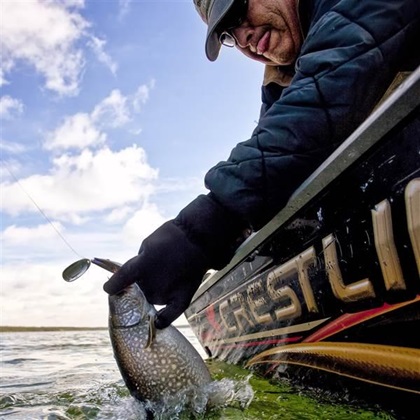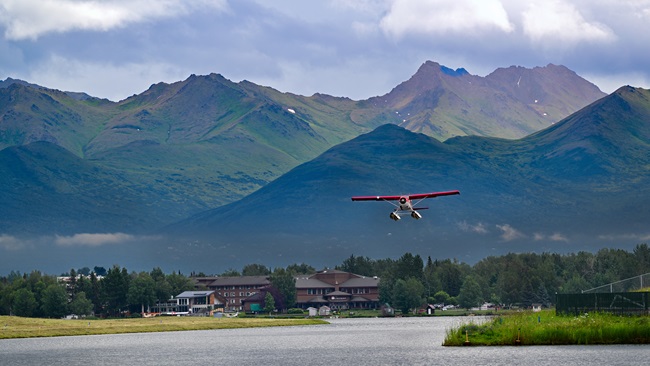Checkride: Forward slips
Speed brakes for general aviation
In contrast, few propeller-driven and smaller general aviation aircraft have these devices, used when excessive altitude or airspeed needs to be quickly dissipated. Whether you’re experiencing an emergency that requires an immediate rapid descent or just find yourself a little high and fast on final approach, a forward slip could be your best solution.
The FAA considers the forward slip maneuver an important enough skill to require its demonstration during all private pilot checkrides. Unfortunately, checkride applicants sometimes struggle to perform this task properly or effectively. The most common errors include not reducing power to idle, not using full flaps when applicable, incorrect aileron (downwind) input, applying only a partial rudder input, and not sufficiently lowering the nose to maintain a desirable/safe descent speed.
Examining each of the five ingredients that produce an effective forward slip, the first three are easy because they are fixed: Power IDLE; Flaps FULL; Rudder FULL deflection. The remaining two are variable inputs: Upwind aileron as needed to maintain the desired ground track, and elevator input needed to obtain a pitch attitude that yields the desired descent airspeed. Common sense dictates that when you are higher than desired, your first corrective action should be to reduce power—to idle if necessary. If your airplane has a variable-pitch propeller, setting the rpm to full (flat) pitch will create maximum drag. Then if you are still too high, lowering the landing gear in retractable-gear airplanes while extending full flaps would be next. Still too high? Time to consider performing an S-turn or a forward slip—or both.
For forward slips, if you’re descending toward a runway while in a crosswind condition, lower the upwind wing with aileron inputs while simultaneously applying FULL downwind (opposite) rudder. Remember to “pitch for airspeed” by lowering the nose attitude to obtain and maintain the desired descent airspeed. What airspeed? If you’re planning to land, your normal approach speed would be good. But if you need to lose a ton of altitude fast, the higher your airspeed, the greater the drag produced, thus yielding a greater descent rate. However, there is a limit. Be careful not to exceed the maximum flap operating range (VFE), which is presented on the airspeed indicator at the upper end of the white arc. Exceeding VFE could cause structural damage to the flap system. Equally nasty would be allowing the airspeed to get too slow by not lowering the nose enough. Either of these common errors will scare examiners.
To become proficient at forward slips, as with other flying skills, you must practice them. Instead of only doing a forward slip when you find yourself too high, try accomplishing one in each direction—left aileron, right rudder, and then vice versa—for maybe 500 feet of descent during each of your practice sessions to help you get a better feel for the control inputs and proper pitch attitude needed for success. Before long, you’ll be much more comfortable and proficient with forward slips, and even find yourself enjoying them.
Be on the lookout for an opportunity to demonstrate your forward slip skills if you discover a need for a rapid descent. Because the airman certification standards emphasize effective risk management and sound decision-making skills throughout the checkride, examiners especially love to see their applicants proactively decide to use their various tools as conditions dictate without being advised to do so by the examiner. So whether you simply find yourself too high on final approach, or if you need to increase your descent rate during a simulated engine failure or emergency descent scenario, take the bull by the horns, exercising your excellent pilot-in-command judgment and skills by using the appropriate tools at your disposal—like a forward slip, perhaps—and you’ll notice a big smile on your examiner’s face.
 Floatplanes are the ultimate flying/fishing adventure machines. They allow you to drop in at remote lakes and rivers, and fly home with your catch. But wheeled airplanes can do almost as well.
Floatplanes are the ultimate flying/fishing adventure machines. They allow you to drop in at remote lakes and rivers, and fly home with your catch. But wheeled airplanes can do almost as well.

